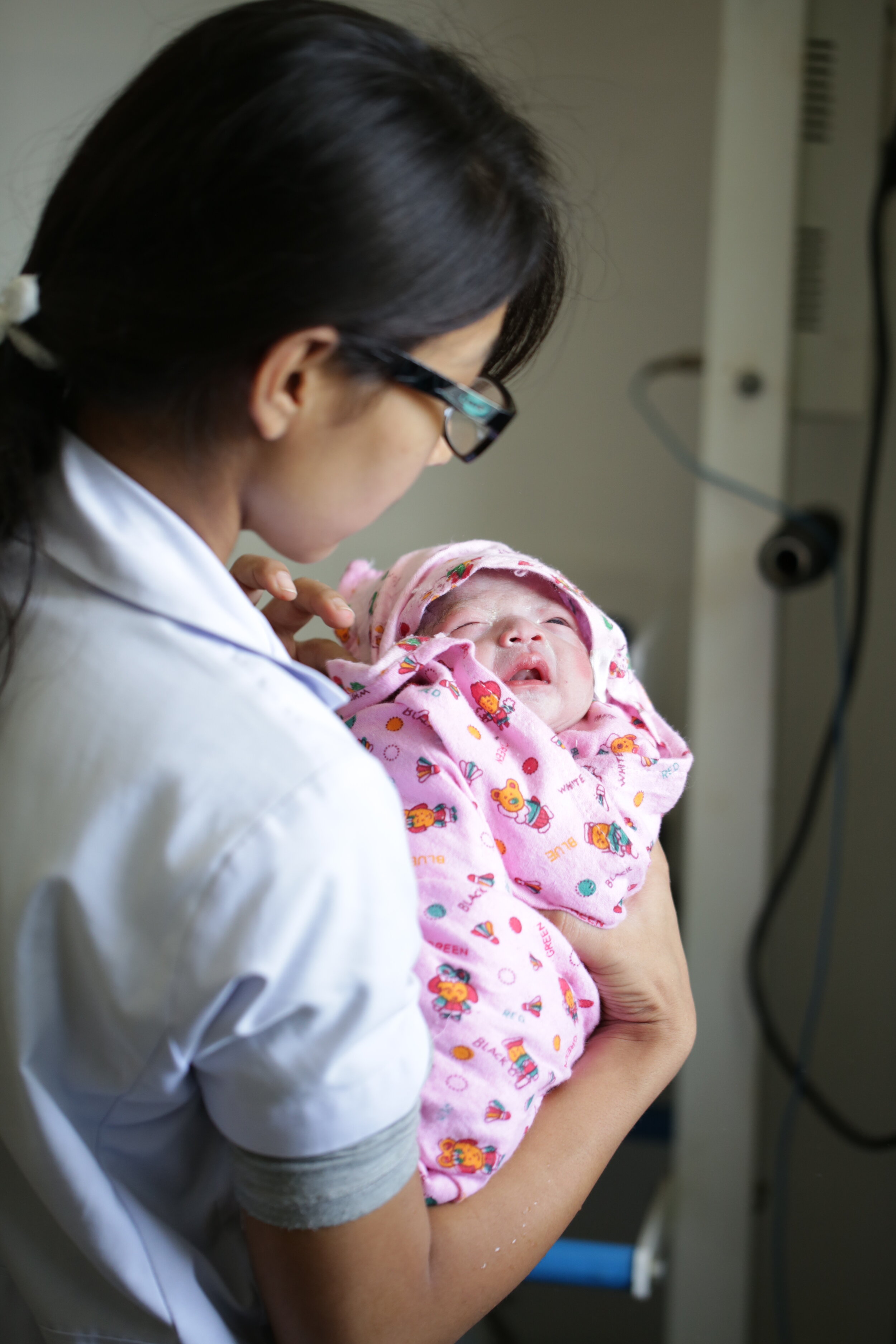
Data Driven Results
One Heart Worldwide relies heavily on data for all programmatic decisions. Our primary program data is collected quarterly by the Central and District-level OHW teams and incorporates both quantitative and qualitative methods. Our secondary data is accessed annually from the Nepali government’s Health Management Information System (HMIS). In addition, we contract external third-party research agencies to conduct baseline and end-line surveys in order to independently assess program impact in our program districts.
We completely digitized our M&E system, replacing our former paper-based data collection system with tablets using the KOBO platform for data collection. The tablets also collect GPS coordinates of events recorded which will enable us to make GIS maps for our program monitoring. The data is then uploaded into a new centralized Salesforce CRM database. We expect this new exciting development to improve our overall data quality and report generation but most importantly, to be able to provide us with real time data for program decision-making.
As our data informs our work, it is essential that our metrics be effective. We have long included measurements of appropriate antenatal care (ANC) as one of our key program indicators, however, this has proven much more challenging since this indicator was recently re-defined, using a different structure to the metric (4 visits at specific times during pregnancy instead of 4 visits anytime during pregnancy). ANC rates are dropping all over Nepal, not solely in the OHW districts. The realities of life in rural communities make it difficult for pregnant women to attend ANC within the very rigid timeline of the new metric, and as a result the rates drop. Another part of the issue stems from a lack of centralized recording system. Some women attend ANC in more than one health facility which will be separately recorded in each facility. This problem is increasing as the number of health facilities is increasing. In response, we decided to remove ANC as one of our key program indicators and identify new metrics reflecting quality of care.
OHW is also committed to support the efforts of the Government of Nepal to transition from their paper-based data management system to an electronic health (eHealth) system that will allow healthcare providers to easily track facility and patient level data in rural health facilities and transmit information regularly. This system has two separate components: DHIS-2, an electronic platform for the current aggregated service delivery data collected in each health facility and HMIS 3.6.1, an individual patient record system with individual level service utilization data which will tremendously improve the accuracy of the data collection process at the facility level and allow for patient follow-ups. We are supporting MoHP to scale up the DHIS-2 in Sindhupalchok, Sankhuwasabha, and Terhathum and pilot-testing HMIS 3.6.1 in Sankhuwasabha. This pilot program has been nominated as a country-led implementation research initiative for Universal Health Coverage (CIRU) in Nepal. This implementation research program will be co-funded by the World Health Organization (WHO) and Nepal Health Research Council (NHRC).



